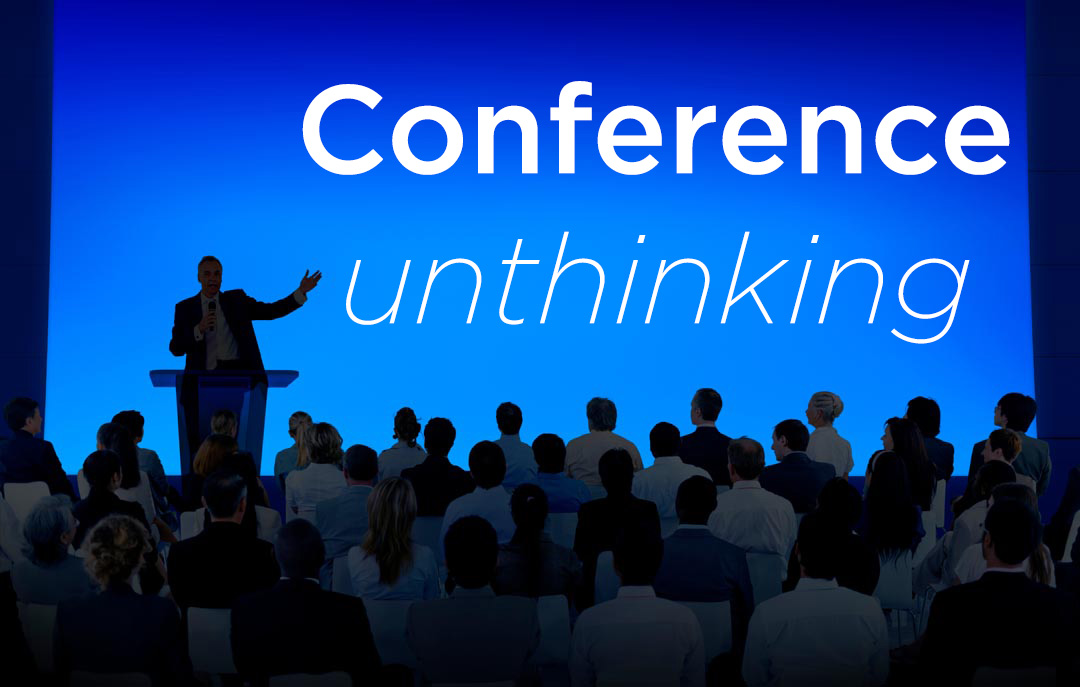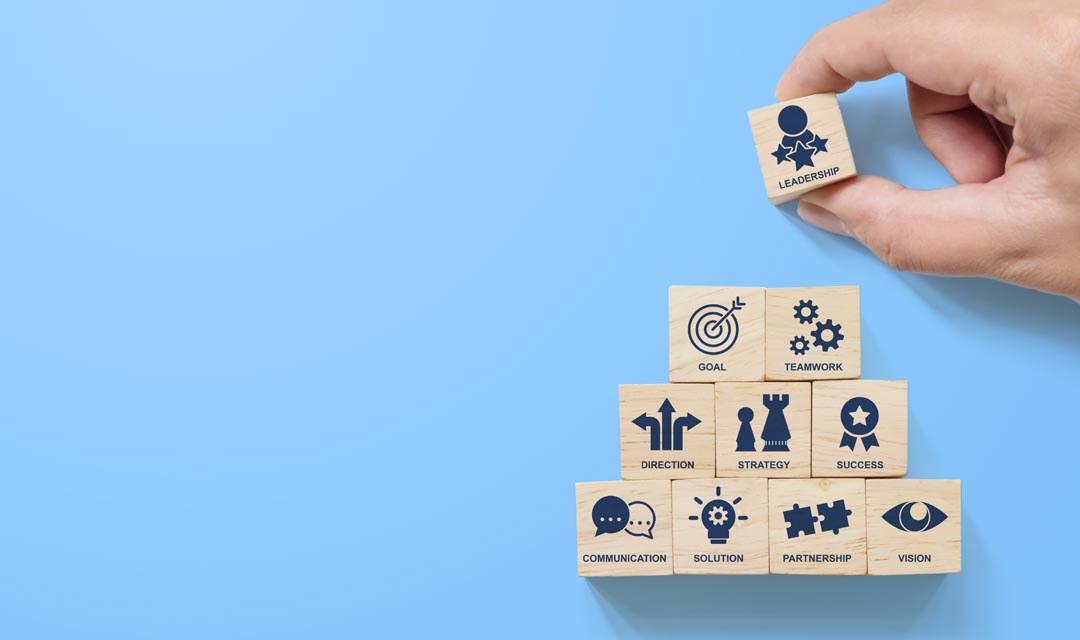Ed Bernacki rethinks the design of conferences and the skills participants need to make the most of them. Oh, and tells off the TJ Editor…
Following the World of Learning 2024 London summit, Training Journal asked people on social media, “What is the key learning point from the last event you attended?” It’s an interesting question. Yet, is it the right question?
The reason people take notes and never look at them is a result of their lack of skills to be effective conference participants
I spoke at 250 conferences on innovation and collaboration, yet, the conferences I spoke at lacked innovation and collaboration. About this time, the Editor of Inc. Magazine in the USA asked for help to make its conferences more effective. He joked that people take notes and never look at them again. This prompted us to explore a question: what is an effective conference?
How do you participate at conferences?
We started to solve this problem in a normal way: solutions will be found by reworking the content. We failed to achieve much. Then we considered the experience of participating in a conference. This led to some new thinking on conference design:
- From events with speakers “speaking” to participants who sit passively in the audience. This would describe many conferences.
- To events for participants to learn and apply their insights to create ideas to solve some challenges and have opportunities to collaborate with other participants.
Inc. loved this notion of shifting to a focus on ideas and solutions. Yet, this did not solve the problem; why do people take notes and rarely look at them again?
Not worth the paper they’re written on
We used a provocation to challenge our thinking: the reason people take notes and never look at them is a result of their lack of skills to be effective conference participants. We wrote this on a whiteboard and wondered… what skills are needed to be effective conference participants? We talked to people at conferences and studied their notes. We concluded that the notes were often not worth looking at again.
This is an issue for all trainers and speakers. We want to change people with our wisdom. If they don’t look at their notes, we are not likely to change them. Try this at your next event. Start your presentation with your normal opening and then step back and ask: “I’m curious. How many people come to events like this, take notes, and never look at them again?” Put your hand up and wait. Often, 75% of the audience will raise their hand and laugh.
What are conference skills?
We created a definition for participant effectiveness: people come to a conference to listen, learn, and connect while converting their insights into ideas to create opportunities for their success. We started to define skills and ended up with enough to create a journal for conference participants and a book (Seven Rules for Designing More Innovative Conferences: free to download).
A summary of a few skills are:
- Why are you here?
We prompted people to define one or two objectives for their participation in the conference. Secondly, we prompted people to identify one or two problems to solve during the conference. - How to be an active note-taker
Instead of summarising what speakers say, listen for:- Insights – what made you say, “Aha! That’s interesting…” Capture these.
- Ideas – convert insights into ideas with a prompt, “Wouldn’t it be great if…”.
- Questions – what could you ask the speaker?
- Actions – what will you do after listening to this speaker?
- Quotes – what did you hear that inspired you?
- How to be an active listener
You will be doing a lot of listening at this conference. It pays to sharpen your listening skills to ensure you don’t miss anything important. - Where do great ideas come from?
Ultimately, you are the source of the great ideas you find at this conference: collect insights and observations that interest you, convert insights into ideas and plan how you will act on them. - What is a great idea?
A great idea has certain qualities that your intuition recognises instantly. You know it when you see it. They seem to make sense! But what is it?
Invest 60 minutes for a year of ideas
We concluded that participants need to do a debrief to squeeze out the value from the event. Make time during or after the event to capture as many ideas as you can.
1. Review your notes and materials and write out the valuable lessons and insights.
2. Decide which new contacts you will follow up.
3. Define five ideas that you can turn into opportunities for your success.
4. Define five longer-term challenges that you will face this year.
Should we design conferences for learning or ideas?
Allowing for some collaboration in the design of a conference is a major change. Here are three ideas that came from my work that anyone could use:
- Ask staff for ideas
A staff conference for 120 had 30 minutes of extra time. The meeting planner asked if I could fill the time. I spent five minutes talking about ideas to solve our problems. Then, I said, “What is your idea to make this a better company to work for? If it solves a problem, write it down as well.”
I gave them 20 minutes. We collected 140 ideas. After the event, I distilled these into 40 unique ideas. The CEO was thrilled. He turned the ideas into a 12-month action plan. He said the true value was the list of problems. - Sharing learning and ideas
After an important keynote speaker, if people sit at tables, allow 20 minutes to share two things with the table:
The main insight I had was …
The idea I had from listening is …
There is great value in sharing and listening to others. You can extend this by 15 minutes and have each table define one question for the speaker. These should be written out. The MC collects these and picks questions to ask the speaker. This improves the quality of questions. - Drop a speaker to engage participants
I was asked to be the fifth innovation speaker of five for an event for 230 executives. I said no. I suggested we engage participants at their tables to brainstorm. I had research on ten factors that nurture innovation. I gave each table one factor and challenged them to create five solutions to act on their factor. We collected 40 pages of ideas. The hosts were amazed. They turned the notes into a booklet that was mailed to participants.
From conferences to learning interventions
The notion of effectiveness applies to every trainer. After I ask my audiences if they take notes and never look at them again, I tell them the obvious – this is a problem.
But I offer a solution: tips to get more value from the presentation. This takes five minutes. I believe it prompts them to be responsible for the value they capture from the presentations.
Perhaps in the future, a better question for Training Journal and others to ask is… how many ideas did you create at a conference for your future success?
Ed Bernacki is an Innovationalist at his company The Idea Factory




